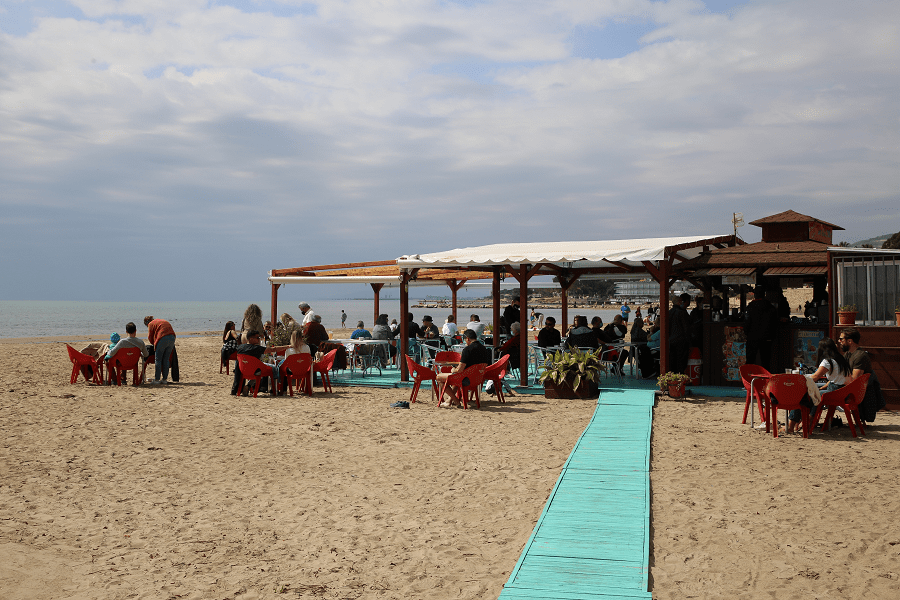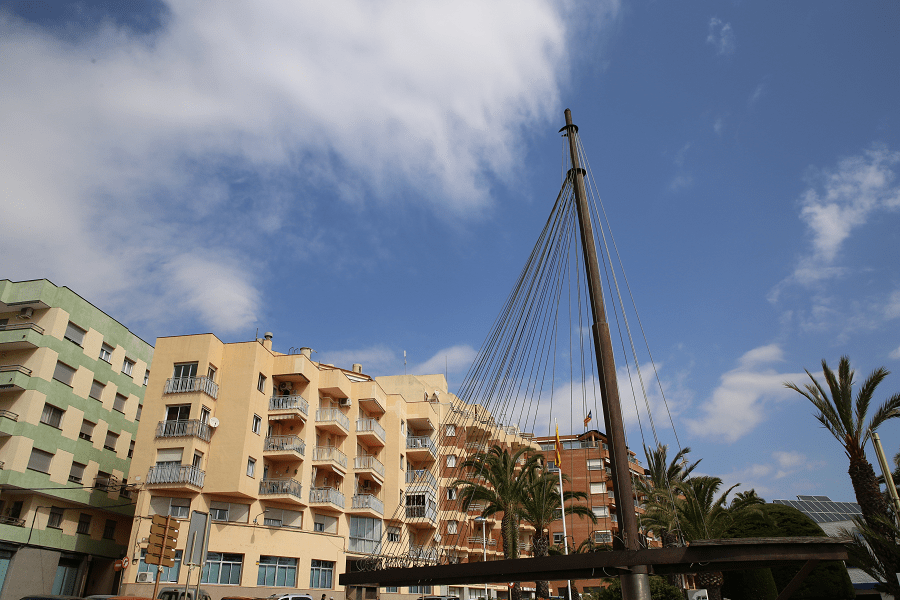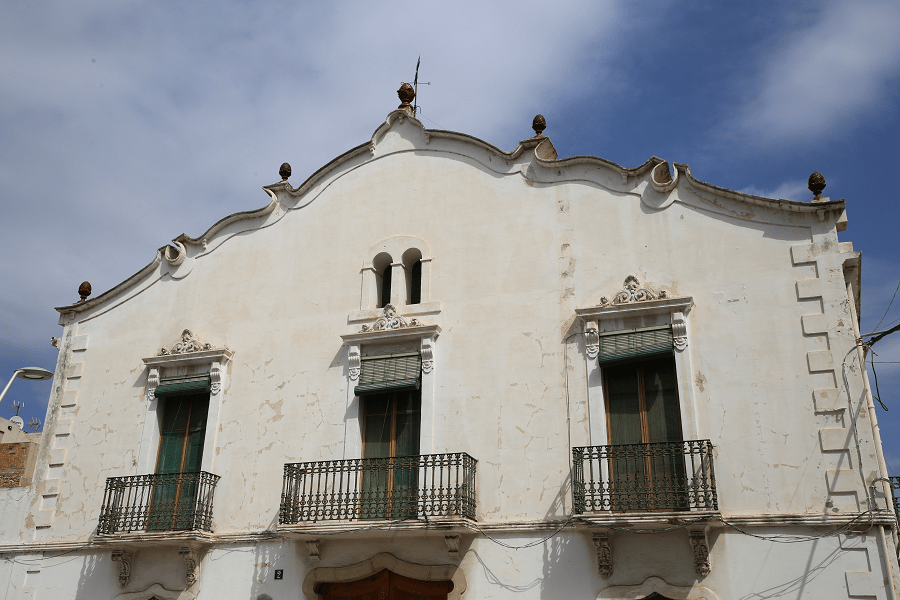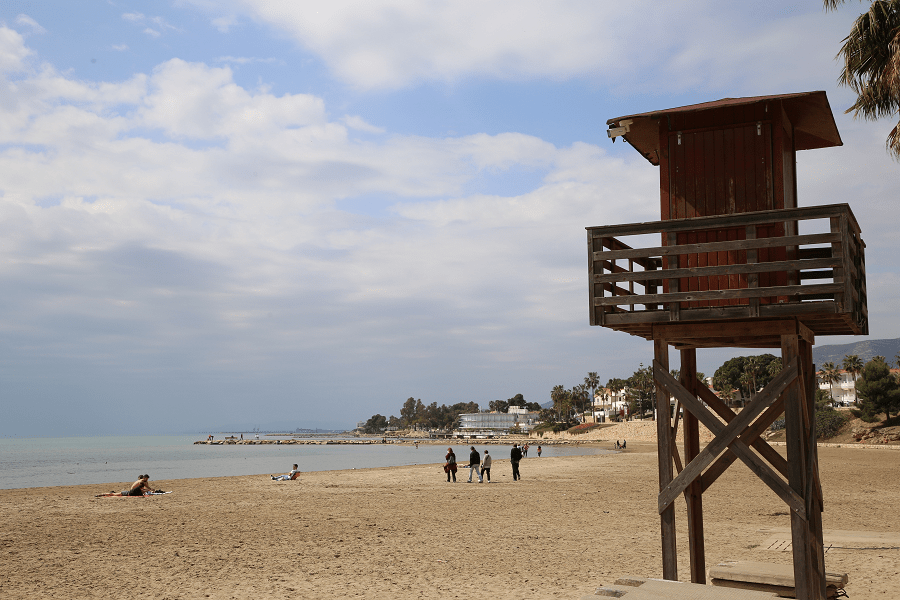Sant Carles de la Ràpita (cat. Sant Carles de la Ràpita), also known as La Rapita del Alfax or simply La Rapita, is a municipality in Spain (Catalonia) located in the region of Montsià (cat. Montsià), province Tarragona, while the resort is not officially included in the line of Costa Daurada resorts.
The port of Sant Carles de la Ràpita is one of the most important in Catalonia due to the huge number of fishing equipment.
Rice cultivation began in this area in the mid-nineteenth century and peaked during the First World War. Although rice is the main crop, there are also farms that grow olive trees. The 19th century also saw the exploitation of the Trinidad salt pools for the production and export of salt.
Today Sant Carles de la Ràpita is a renowned tourist destination for the contrast between sea and mountains, its beaches and its location close to the Ebro Delta. In 2014, the Museu del Mar was opened thanks to a local council investment of € 500,000.
Located at the southern tip of the Delta de l’Ebre Natural Park, it is a city where sea and mountains come together to create a unique location, a strategic point to visit the Delta and its surroundings.
La Rapita stretches along the Gulf of Alfax. It is protected from the wild sea by a large sandy strip formed by sediments carried by the Ebro River to the sea (Punta de la Banya).
This privileged location makes one of its main attractions – beaches with fine sand and shallow waters, ideal for family tourism and all types of water sports. In addition, the proximity to the Ebro Delta Natural Park and Port Natural Park and the Mediterranean climate with mild winters and hot summers give visitors the opportunity to enjoy nature all year round.
Delta Ebro
The Ebro Delta Natural Park is one of the most important aquatic and bird habitats in the western Mediterranean. It is the most important wetland in Catalonia, a nesting site for 95 species, while 330 of the 600 species of migratory birds that exist throughout Europe choose it for wintering.
Along the 320 km2 of the delta’s surface, kilometers of sandy beaches, almost wild, coexist with lagoons, rice paddies, orchards, creating a landscape of contrasts that surprises at every turn.
Rice cultivation covers most of the Ebro Delta, accounting for over 85% of the total cultivated area.
Fishing, shellfish fishing and aquaculture are also major activities, as the supply of nutrients from the Ebro River favors the fishing ports of the Ebro Sea. Fishing in the lagoons (Enchanissada and Tankada) is an indigenous activity that uses traditional gear and accessories.
Declared a natural park to guarantee sustainable use and promote scientific and educational use:
- Special protection zone in accordance with Directive 79/409 EEC on the protection of birds (SPA)
- Included in the list of the Convention on Wetlands of International Importance, especially as a habitat for waterfowl (RAMSAR)
- Proposed Public Interest Site (SCI) in the context of the Natura 2000 network
- Declared an area of interest for halophilic vegetation by the Council of Europe
- Area of European importance for the conservation of aquatic vegetation
Through the tourist offices of la Rapita, reservations for various tours of the park are available throughout the year.
Main attractions
Carles III Square (cat. Plaça de Carles III) was to become the central and main element of the new city of Carles III, being the crossroads of the most important axes of the city. Inspired by the strict neoclassical styles, the royal city planners designed it for military parades. In the southern part of the square, there are entrances and a neoclassical fountain. Casa Laureano also stands out.
From this center, with an axial perspective and an orthogonal axis in the direction of the sea-mountain, streets were built, minimally adapted to the relief. The Thracians of the time designed the plot with a certain splendor, seeking a harmony that would be consistent with a static concept inspired by Roman city planning.
The New Church (cat. L’església nova) was designed by the brother of Carles III with the intention of expanding the city to the south in order to replace the old church located in the square of Carles III. The new church was never completed and, given the time of its construction, it perfectly identifies with the large buildings intended for official functions. The floor plan and facades are reminiscent of Italian Renaissance churches.
Glorieta (cat. La Glorieta). This unfinished building was conceived by the city planners of the eighteenth century as a pavilion overlooking the sea and the city. This perspective, typical of Baroque and Neoclassicism, was lost due to the construction of modern tenement buildings. Like a small pavilion commonly known as La Capelleta, the roundabout opens with three brick arches on the south side.
The Church of the Holy Trinity (cat. Església de la Santíssima Trinitat) rises above the square of Carles III, was designed during the time of the king himself. After the end of the Spanish Civil War, the church was demolished in order to build a new one in 1941 on the same site.
The church consists of a large central nave surrounded by very narrow chapel-shaped side walls.
La Torreta (cat. La Torreta): the hill of Torreta (or Guardiola) rises above the city, one of the easternmost foothills of the Montsià mountain range, at an altitude of 113 m. From here, there is a magnificent panoramic view of the Ebro Delta, Alfax Bay and the city. At the top is the Guardiola Tower, registered since 1483 and referred to in 1575 as the Artillery Guardiola.
Cultural traditions
La Rapita is a city with a rich tradition, in which the people of Rapita take an active part. Its ultimate expression is Origins, a historic entertainment event that fills the streets of the maritime district every October. Culture and tradition are also intensely experienced during the major celebrations in honor of the patron Saint of Jaume, which start every year on July 25, and on the feast of the Virgen del Carme, patroness of sailors, on July 16.
The associative vitality is very important and is reflected in the wide variety of activities in Catalan pop culture: music bands, giants, sardan festivals, “human towers” … and the game of morra, a traditional game that unites Catalonia with other regions of the Mediterranean.
La Ràpita’s cultural programs also cover the most modern and avant-garde genres with music festivals that have become the benchmark. Among them are Euphonic Sound and Visual Arts Festival.
Beaches
The city has nine beaches, all sandy and optimal for families with children (some are outside the city limits):
Barra del Trabucador,
Parc de Garbí,
Platja Aiguassera,
Platja de la Senieta,
Platja de les Delícies,
Platja del Capri,
Platja del Far,
Platja dels Hortets,
Platja Suís.
Platja dels Hortets is the closest to the city center. The length is only 300 meters, the width is 30 meters.
Shopping
Shopping is not a priority on the travel program.
Restaurants
There are no Michelin-rated restaurants in the city.
How to get there?
By car:
From Tarragona: 1 hour 6 min (96.2 km) via AP-7 (tolls)
From Barcelona 2 hr 11 min (188 km) via C-32 and AP-7
From Madrid 5 hr 22 min (524 km) via A-3 and AP-7
By train:
There are regular RENFE routes from Barcelona, Tarragona.
Main information
Area: 54 sq. km (municipality)
Coordinates: 40 ° 37 ′ 13 ″ N, 0 ° 35 ′ 34 ″ E
Population: 15,000 (municipality)
Languages: Spanish, Catalan
Currency: Euro
Visa: Schengen
Time: Central European UTC +1



















